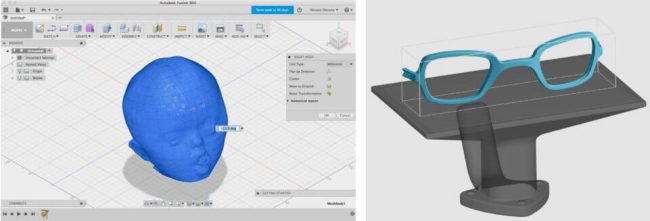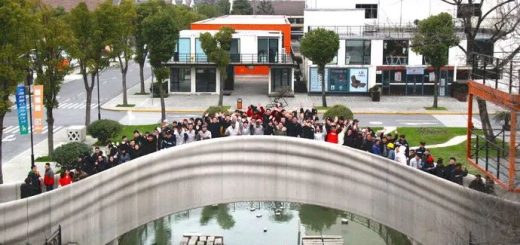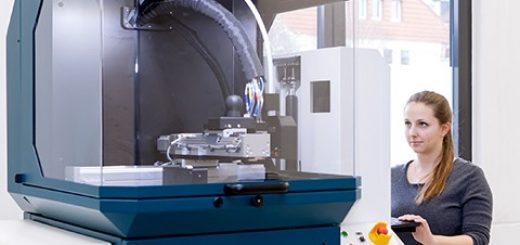Loving Eyes Foundation x Resolution Medical: Preventing Childhood Vision Loss
For young children, wearing the correct glasses is critically important to ensuring healthy, lifelong vision. While commercially available glasses work for most children, they often do not fit the faces of children with craniofacial malformations. Loving Eyes Foundation (LEF) set out to solve this problem with Carbon Production Partner Resolution Medical, ultimately discovering that the Carbon Platform provided the perfect solution for building each pair of frames to conform to a child’s unique craniofacial anatomy. Learn more about LEF’s and Resolution Medical’s meaningful work below and click here to donate to the cause.

![]() BACKGROUND: CRANIOSYNOSTOSIS
BACKGROUND: CRANIOSYNOSTOSIS
Approximately 40% of the causes of childhood blindness, including those resulting from craniofacial anomalies, are preventable or treatable. Craniofacial anomalies are common; they represent a diverse group of deformities in the growth of the head and facial bones affecting approximately one in 500 live births. Craniosynostosis is the most common form of the condition accounting for 80-95% of all cases, where one or more of the sutures closes prematurely not allowing full development of a baby’s brain.
LEF sought to solve this problem initially through searching for existing solutions. However, after being unable to find high-quality, customized spectacles that would prevent vision loss among their patients, they created their own solution.
![]() THE TECHNOLOGY: 3D SCANNING + THE CARBON PLATFORM
THE TECHNOLOGY: 3D SCANNING + THE CARBON PLATFORM
LEF’s technology uses CT and MRI imaging to reconstruct a 3D model of a child’s head (Figure 1). Using the model, designers handcraft a custom pair of glasses for each child.
 Figure 1: 3D model of a child’s head (left) that is then used to create the digital STL file (right) of the customized spectacles for a perfect fit.
Figure 1: 3D model of a child’s head (left) that is then used to create the digital STL file (right) of the customized spectacles for a perfect fit.
Resolution Medical then helps work through LEF’s design challenges to ensure the very highest quality for their patients, and rapidly produces the customized spectacles on the Carbon Platform using RPU 70, which has passed biocompatibility tests for sensitization, irritation, and cytotoxicity. The results? Each child getting something they’ve always needed but never had: a great pair of glasses that fit (Figure 2).
 Figure 2: Custom spectacles built by Carbon Production Partner Resolution Medical with the Carbon Platform + RPU 70 material (left and middle), shown on Ethan (right).
Figure 2: Custom spectacles built by Carbon Production Partner Resolution Medical with the Carbon Platform + RPU 70 material (left and middle), shown on Ethan (right).
”Working with Resolution Medical and Carbon has been fantastic. Carbon offers a rapidly printed, premium-feeling frame that has proven biocompatibility. Simply put, we can give our patients a great product quickly and feel secure knowing it has an excellent safety profile.”
When LEF had a rush job for a sick young patient, Resolution Medical understood the medical necessity and acted quickly. They helped LEF get from the digital design file to the child wearing their glasses (lenses included) within 72 hours – exceeding LEF’s expectations and showing Resolution Medical’s commitment to not only LEF, but also to their patients.
”One of our company values is ‘Innovation to Improve Life.’ With a technology like Carbon, we are able to quickly iterate on designs that can have a direct impact on improving the quality of a child’s life. We are committed to providing glasses to LEF free of charge and engineering labor.”
![]() EXPANDING TO EYE CARE PROVIDERS
EXPANDING TO EYE CARE PROVIDERS
Loving Eyes Foundation now wants to expand their work to serve all children that need them by allowing any eye care provider to create a 3D model of children’s heads using only an iPhone and custom software. The software can then propose the ideal design for unique glasses, and then is reviewed + adjusted by an experienced designer at the Loving Eyes Foundation. The same high quality production via Resolution Medical on the Carbon Platform will then be used to produce impeccably fitting glasses.
”We are grateful to have found wonderful partners in Carbon and Resolution Medical, who not only provide outstanding products and services, but who have shown a deep commitment to our mission and the patients we care for.”
Source: Carbon




Recent Comments